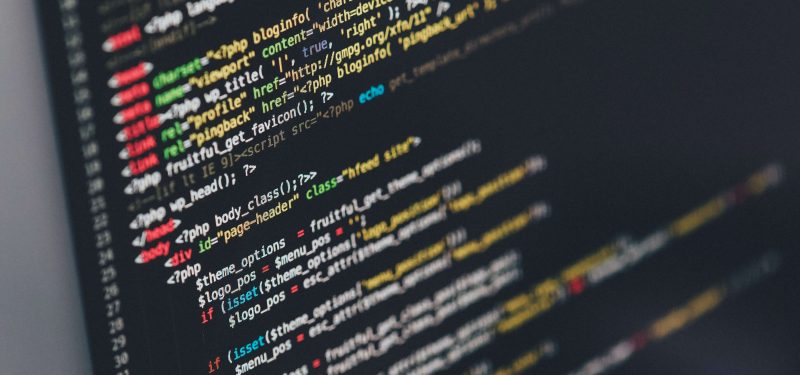Machine learning (ML) recently experienced a revival of public interest with the launch of ChatGPT. Businesses and researchers, however, have been working with these technologies for decades. Most large businesses, ranging from e-commerce platforms to artificial intelligence (AI) research organizations, already use ML as part of their value proposition.
Between improved availability of data and the increasingly easy development of models, however, ML is becoming more accessible to businesses of all sizes (even solo entrepreneurs). As such, the technology will soon become more ubiquitous.
Web scraping is no exception. Web scraping has made gathering large training datasets from the web much easier. It has also unintentionally caused significant leaps in web security and ML development—putting pressure on the web-scraping industry and those who rely on web-scraping tools.
Web Scraping's Unintentional Effects
Automated bots are an inevitable part of the internet landscape. Search engines rely on them to find, analyze, and index new websites. Travel-fare aggregators rely on similar automation to collect data and provide services to their customers. Many other businesses also run bots at various stages of their value-creating processes.
All of these processes make data gathering on the internet a banality of the digital world. Unfortunately, just as for any regular internet user, bandwidth and server resources are needed to process the requests of bots. Bots will never be consumers of business products, however—so the generated traffic, while not malicious, is not highly valuable.
Worse, some bots are malicious. Unsurprisingly, then, many website administrators implement various anti-automation measures on their websites. Differentiating between legitimate and malicious traffic is difficult already; differentiating between harmless and malicious bot traffic is much harder.
So, to maintain user experience, website owners implement anti-bot measures. At the same time, people running automation scripts start implementing ways to circumvent such measures—making it a constant cat-and-mouse game.
As the game continues, both sides start using more sophisticated technologies, one of which includes various implementations of ML algorithms. These are especially useful to website owners, since detecting bots through static-rule-based systems can be difficult.
While web scraping largely stands at the sidelines of these battles, scrapers still get hit by the same bans because websites do not invest much into differentiating between bots. As the practice has become more popular over the years, the impact has been rising in tandem.
As such, web scraping has unintentionally pushed businesses to develop more sophisticated anti-bot technologies that are intended to catch malicious actors. Unfortunately, the same net works equally as well on web-scraping scripts.
ML Wars
Over time, both sides will have to start focusing more on ML. Web-scraping providers have already begun implementing AI- and ML-driven technologies into their pipelines. Many of these involve getting the most out of proxies and minimizing the likelihood of getting blocked.
There's also adaptive parsing, which uses ML models to make data extraction easier by turning HTML code into structured data. Usually, developers need to write specific scripts that would make data from an HTML file (in other words, a web page) readable. Without parsing, the data is delivered as a messy file that includes enormous amounts of superfluous information—such as tags, pieces of code, and other irrelevant content.
Instead of writing and constantly updating a parsing script for each web page individually, through adaptive parsing, an ML model can be taught to identify patterns between web pages and extract the necessary data in a readable format. This saves enormous amounts of development resources.
ML is also widely used on the other side of the web-scraping fence—albeit for different reasons. Many websites (especially those with highly valuable data, such as search engines and ecommerce platforms) have already implemented various ML models that attempt to detect automated traffic.
Moreover, website-optimization implementations to improve loading times and performance may continue to evolve so that it becomes more complicated to scrape data without triggering anti-bot alerts. In turn, web-scraping providers will have to develop their own algorithms to combat detection through ML models and extract information effectively.
An even more pressing problem looms for web scrapers: scalability. Businesses will eventually require more diverse data from a much wider range of sources. Writing dedicated scrapers for each source may soon become too costly. Solving this and other problems may only be possible through the flexibility of ML.
To wit, as website security and web development continue to work toward further optimization, web scrapers too will need to be optimized. ML will inevitably have to be applied to web scraping to improve data acquisition across the board and minimize the risk of losing access to data. Then, as web scraping itself pushes others to develop improved ML models, the result will be a feedback loop.
Keep learning
Get up to speed on digital transformation with TechBeacon's Guide.
Download this free IDC white paper, "Enabling End-to-End Digital Transformation".
See IDC's Futurescape: Top 10 predictions for digital transformation.
How important is digital transformation to your org? Take our survey and find out how you stand next to the competition.
Thinking of making a change? TechBeacon's Careers Topic Center provides expert advice to prepare you your next career move.


